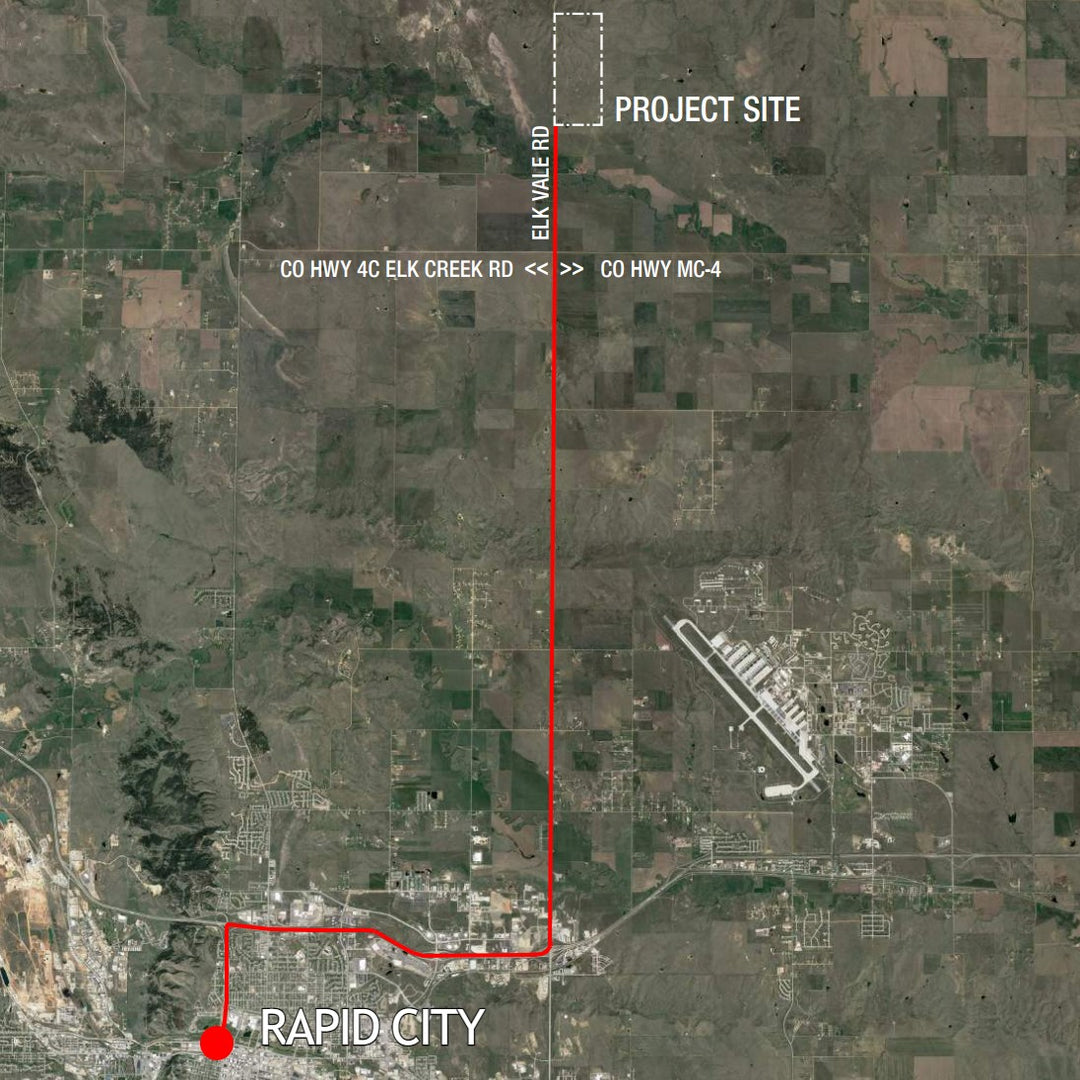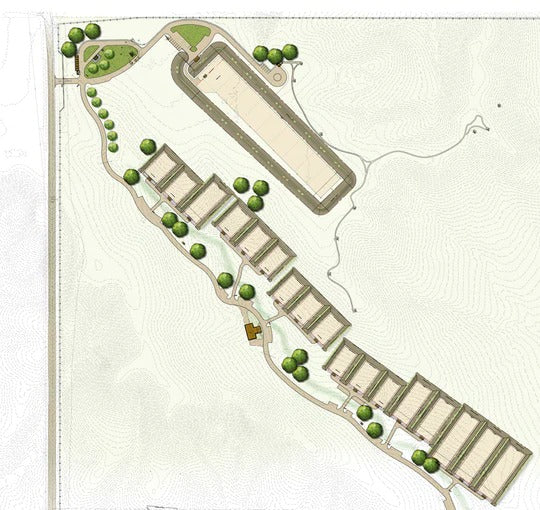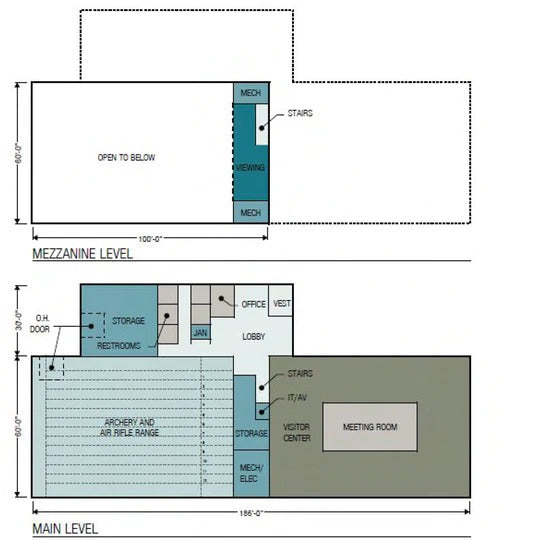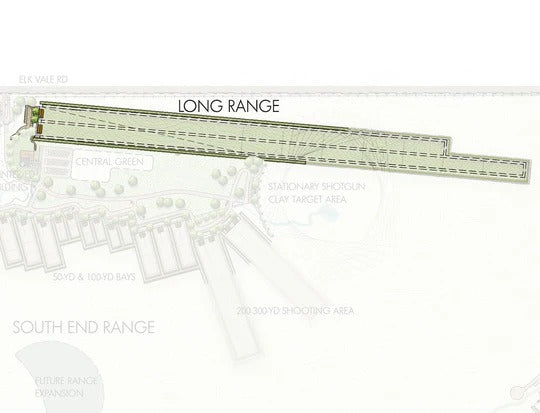Background
Over half of South Dakota's residents own a firearm. The official statistic is 55.3%, but the real number is undoubtedly higher. This should come as no surprise to anyone who knows the State.
South Dakota has a rich history of frontier living, hunting, and sports shooting. It is home to one of the highest percentages of veterans in the nation. And South Dakota's legislature reflects the attitudes of its citizens, with policies that encourage and support the 2nd Amendment.
The Range
The $10M SDSSC project strengthens and preserves South Dakota's shooting heritage for the next generation.
This state-of-the-art facility will replace dozens of informal ranges on National Forest Land. Providing a safe, clean, and organized environment for shooting competition, education, and training.
This public-private partnership combines State and Federal funding with support from local individuals and organizations.

What We're Doing
Despite a huge amount of community involvement, the RCFRC has a very small web presence.
Public awareness is crucial, so we're volunteering our time to help Game, Fish, and Parks capture content and plan publicity campaigns to support the range.
How You Can Help
When you check out on our site, consider adding a donation to your order. A few dollars here and there may not seem like a lot, but it adds up fast.

Thanks To You, We've Raised Over $13,000 (So Far)
Project Goals

A Safe & Convenient Range
The complex will provide a safe, organized environment for sportsmen, enthusiasts, and students.
Ample parking, dedicated staff, and a huge variety of shooting stations — just minutes away from Main Street, Rapid City.

Community Development
The $10M investment in the range means a lot to the Black Hills.
Revenue from hunting is hugely important to preserving the natural beauty of the Hills for future generations.
The four hundred acres of solitude and natural beauty at the site is the perfect enthusiasts in the Black Hills area.
Site Plan (Subject To Change)

South End: Main Bays
Open to the public, this area of the complex will feature 50 yard bays, 100 yard bays, 300 yard bays for a total of 170 shooting lanes.
An additional shotgun clay target area will accommodate 50 shooters across 10 stations.

North End Range
This area of the complex features challenging topography perfect for sporting clays with accommodations for 60 clay shooters across 12 different positions.
17 specialized "action bays" and a "versatile training bay" cater to more experienced users, shooting clubs/competitions, and law enforcement groups.

Hunter Education Building
There are several auxiliary buildings planned for the range. However, the Hunter-Ed building is one of the most important.
It will host classes for youth groups, shooting sports groups, and features a multipurpose 20yd. air rifle/archery range.

South End: Precision Rifle Range
The precision rifle range features 1,000 yard and 1,200 yard berms, with lines of targets starting at 300 yards. Lanes accommodate a total of 40 shooters.
Potential Impact
Your donations to this project will help build a safe and thriving environment — both for enthusiasts and wildlife alike.
The Federal Wildlife Restoration program operates mainly on funds gathered from the purchase of hunting & shooting equipment. With more people enjoying the complex, South Dakota will see an increase in Federal funding that will directly help important conservation and wildlife management efforts in the Black Hills.
Revenue from the sale of hunting licenses is equally important, and provides the South Dakota department of Game, Fish, and Parks with discretionary funds for projects the Federal government can't or won't cover. The SDSSC is expected to significantly increase sales of licenses, paying for itself many times over.
Additionally, shooting sports are expected to bring a significant economic benefit to the area. For example, the 2015 SSSF National Championship at the World Shooting and Recreational Complex in Sparta, Illinois contributed over $15 million to the states GDP, generated nearly $4 Million in tax revenues, and supported 245 jobs in the state.






